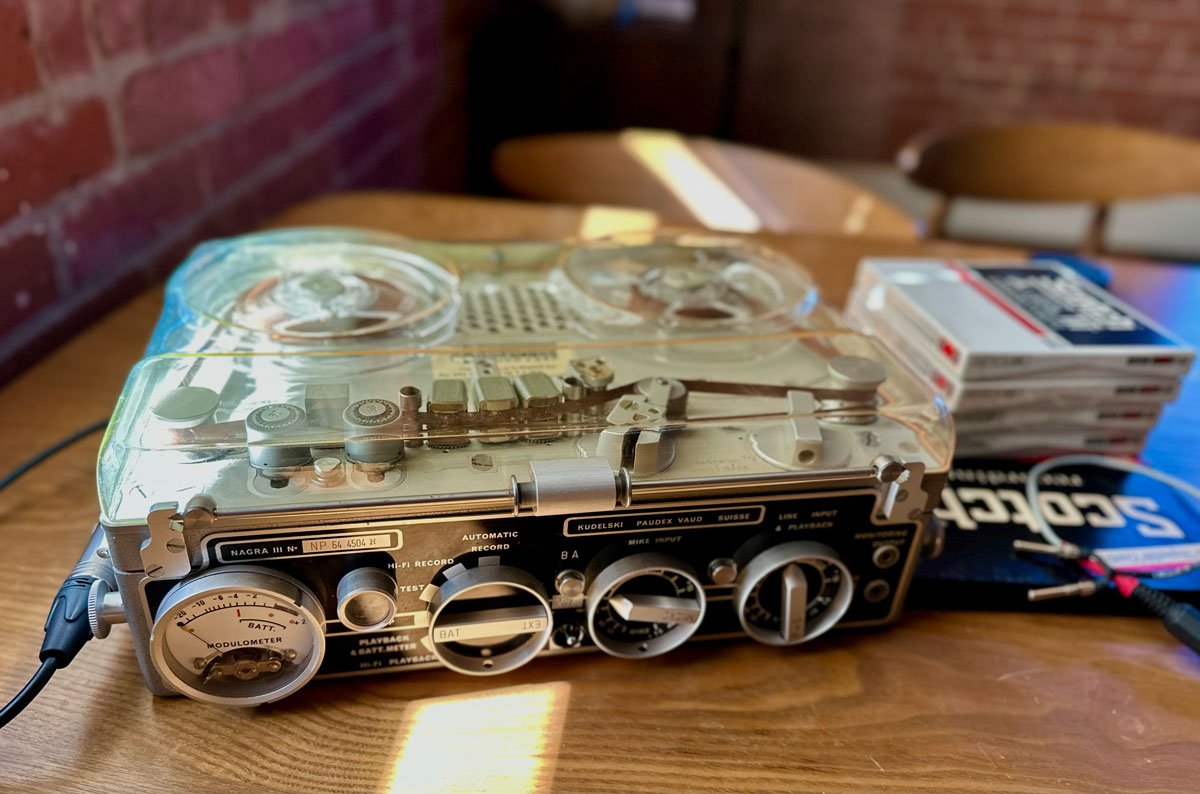Authenticity in this context refers to the honest, unfiltered portrayal of student experiences and stories. It means moving away from scripted narratives and turning towards the real experiences of students— their achievements, challenges, hopes, and dreams.
As we navigate the digital age, leveraging the power of authentic student voices is becoming increasingly vital. Student stories, replete with personal experiences and aspirations, can bridge the gap between the institution and potential donors, offering a genuine glimpse into the lives that their contributions can impact.
A study by Cohn & Wolfe showed that authenticity is one of the top qualities that attract modern consumers to a brand. In higher education, institutions are the brands, and students are the ambassadors. Harnessing authentic student voices can create a genuine brand image with which potential donors connect.
THE POWER OF AUTHENTIC STUDENT STORIES: A STONEHILL COLLEGE EXAMPLE
Stephen Cobbs, a senior at Stonehill College
Stephen Cobbs, a senior at Stonehill College, provides a compelling testament to the power of authentic student stories. A budding athlete since childhood, his dreams of playing Division I football seemed to shatter when he suffered a significant hip injury.
Despite doctors’ devastating news about his uncertain future in sports, Stephen didn’t lose hope. His journey of recovery, underpinned by unwavering support from his physical therapist Kayla and the Stonehill College coaches and faculty, showcased his resilience and determination.
His story goes beyond just his athletic journey. It paints a holistic picture of Stephen, showcasing him as a student-athlete striving to break the stereotype often attached to the label. He embodies the student body at Stonehill College - diverse in interests, engaged in their community, and striving for personal and academic growth. Stephen’s narrative conveys more than any scripted appeal could. His thoughts and words help us understand the heart of a student-athlete at Stonehill College, his challenges, his perseverance, and the college’s impact on his life.
THE IMPACT OF AUTHENTIC STUDENT STORIES
Real student stories like Stephen’s can profoundly impact potential donors. They provide a human face and a personal narrative of a cause, making the donation appeal more compelling. Authentic stories allow donors to see the direct impact of their contributions, making the experience much more rewarding and personal for them.
When donors hear authentic student stories, they’re not just being asked to donate; they’re invited to become a part of a student’s journey. This direct and personal appeal fosters a deeper connection between the donor and the institution, which, in turn, can lead to increased engagement.
AUTHENTICITY IN THE DIGITAL AGE
In the digital age, where we are exposed to countless marketing messages daily, authenticity stands out. Although many try, it’s not something somebody can manufacture; when done correctly, exploring real student experiences and stories will act as a beacon, drawing in those looking for something real, something they can trust. And in higher education marketing and development, this is more crucial than ever.
In essence, authenticity isn’t just a trend or a buzzword - it’s a powerful force that can shape the future of higher education marketing and development. As demonstrated by students like Stephen, authentic voices paint a more accurate and honest picture of student life and resonate more deeply with potential donors by giving a much more personal and rewarding experience.





